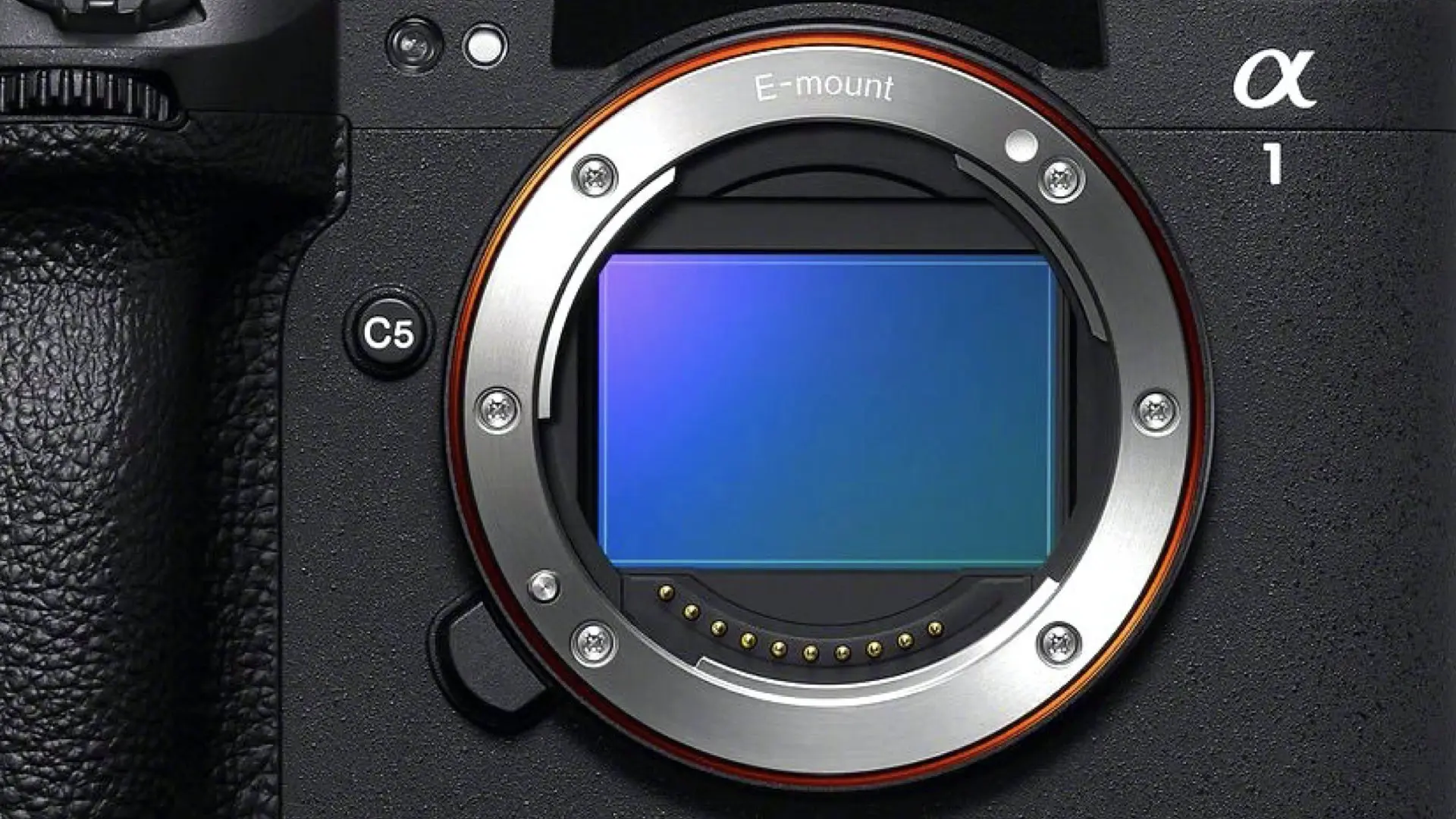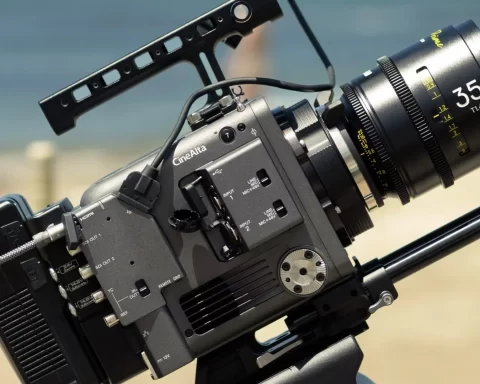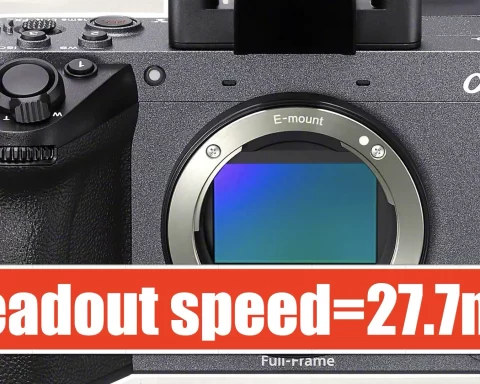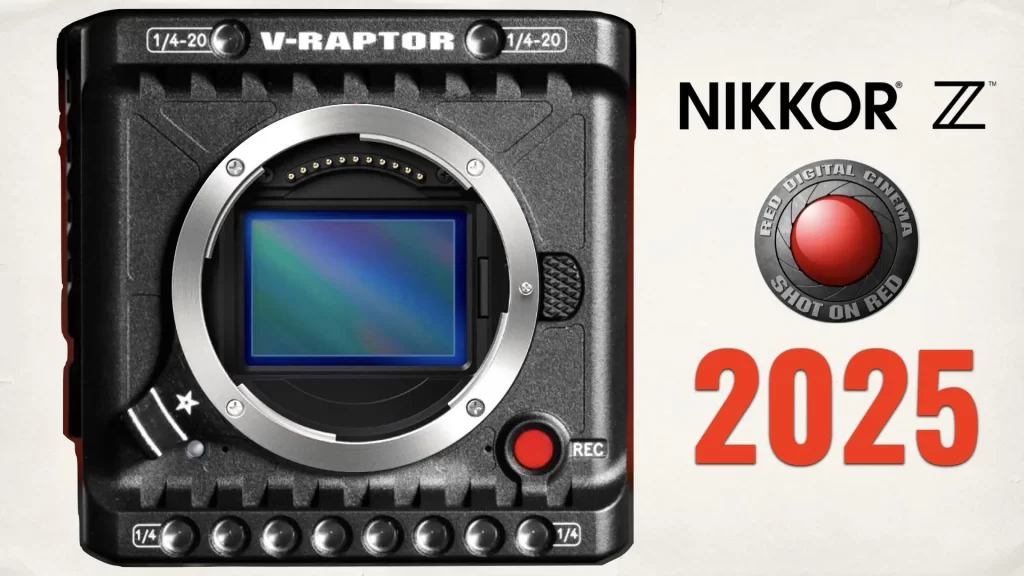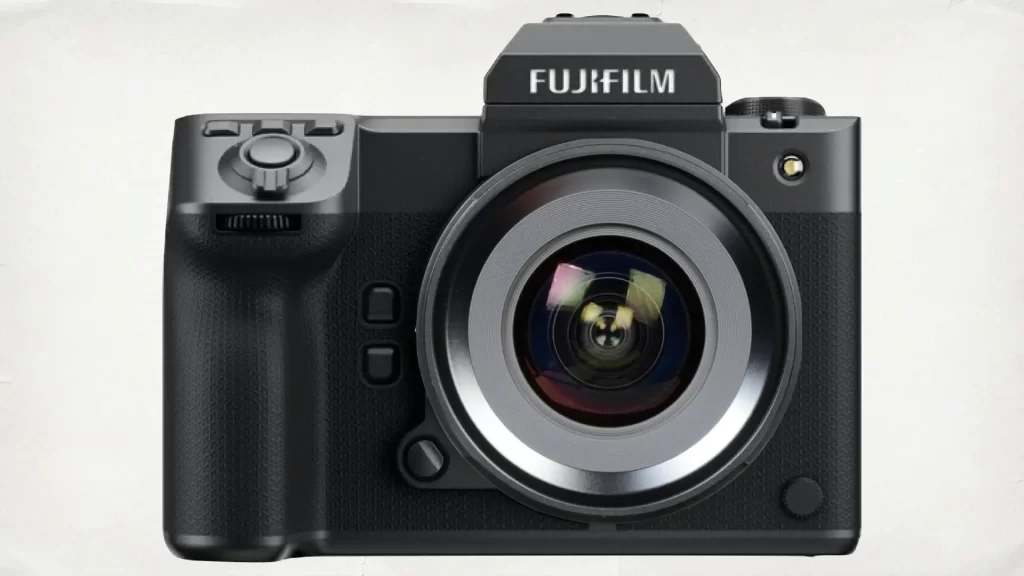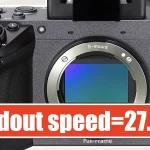Sony’s decision to reuse the 50.1MP sensor from the Alpha 1 in its successor, the Alpha 1 II, reflects a deliberate strategy. While at first glance it may seem uninspired, this approach emphasizes the incredible potential of the original sensor and highlights how modern flagship cameras are as much about processing power and software as hardware.
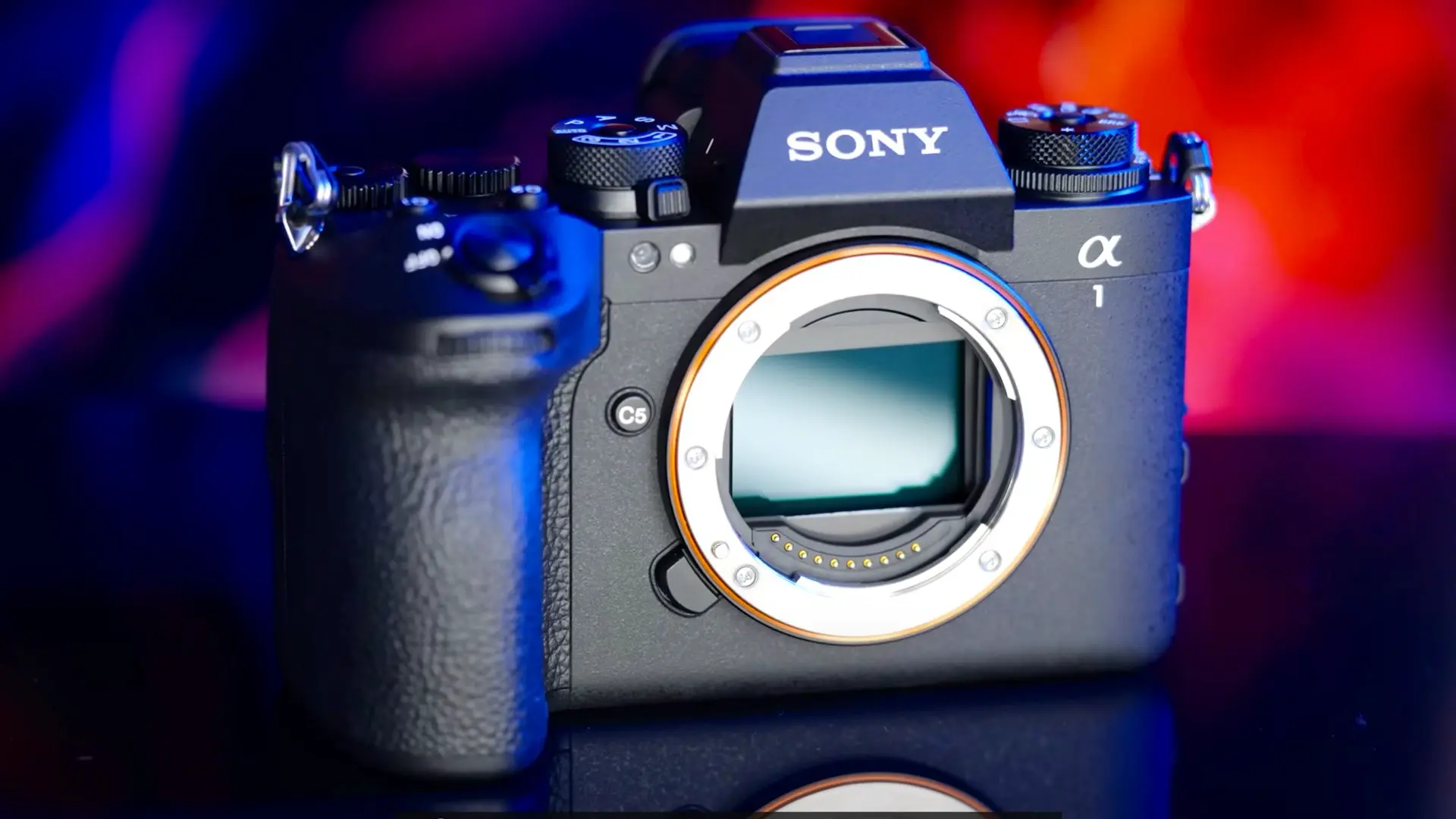
The Alpha 1 Sensor: Fast and Capable
The Alpha 1’s sensor has an exceptional readout speed, almost eliminating the rolling shutter effect—a critical feature for professionals shooting high-speed action. Sony’s decision (as explained here) to reuse this sensor stems from the belief that it already operates at the cutting edge of performance. The Alpha 1 II builds on this by leveraging advanced image processing and AI-driven technology, elevating the same sensor’s capabilities further. For instance, the Nikon Z9 vs. Alpha 1 rolling shutter comparison (Nikon Z9 vs Sony Alpha 1), demonstrated how this sensor’s readout speed outpaces many competitors, ensuring its relevance in the flagship space.
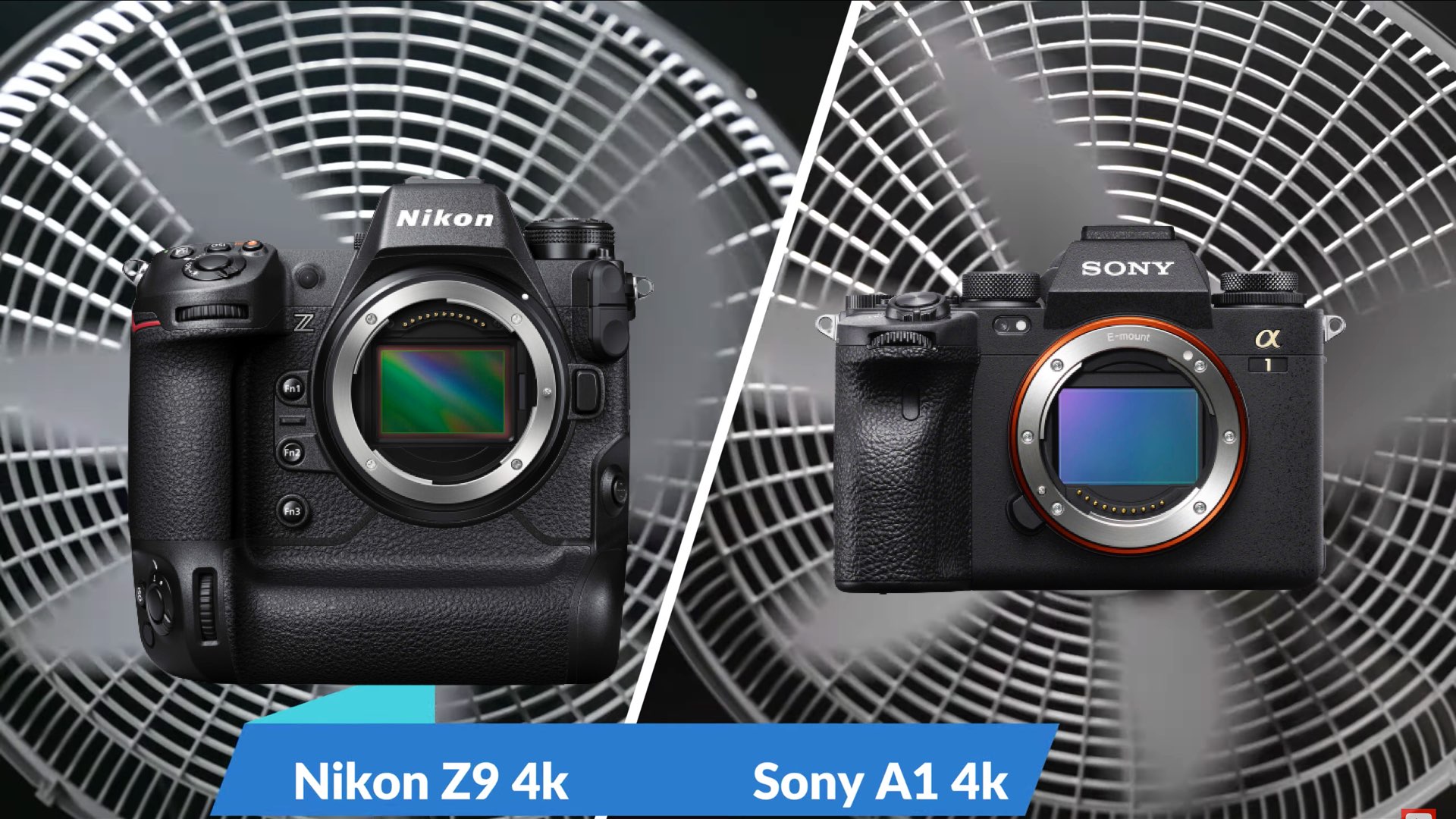
Software: The New Frontier of Innovation
The Alpha 1 II’s upgrades are centered around software-driven enhancements: faster burst modes, improved dynamic range utilization, and real-time AI-powered autofocus. This aligns with Sony’s broader focus on computational improvements, such as the introduction of high-speed global shutter sensors (Sony Introduces a New High-Speed Global Shutter Sensor). These innovations showcase how sensor optimization, rather than hardware replacement, can push boundaries, even though Sony is making huge efforts to develop new and advanced chips.

Flagships in Question
The reuse of the Alpha 1 sensor raises the question: What defines a flagship? Some argue that flagships should introduce revolutionary changes in both hardware and software. Articles like “Did Camera Manufacturers Forget the Definition of Flagship?” (Read here) suggest that flagship cameras are at risk of losing their visionary appeal by relying on incremental updates. The Alpha 1 II’s improvements, while subtle, may feel lackluster to videographers, as discussed in “Sony A1 II: Yet Another Boring Flagship” (Read here). However, professionals who prioritize reliability and performance over novelty might see this as a welcome refinement.
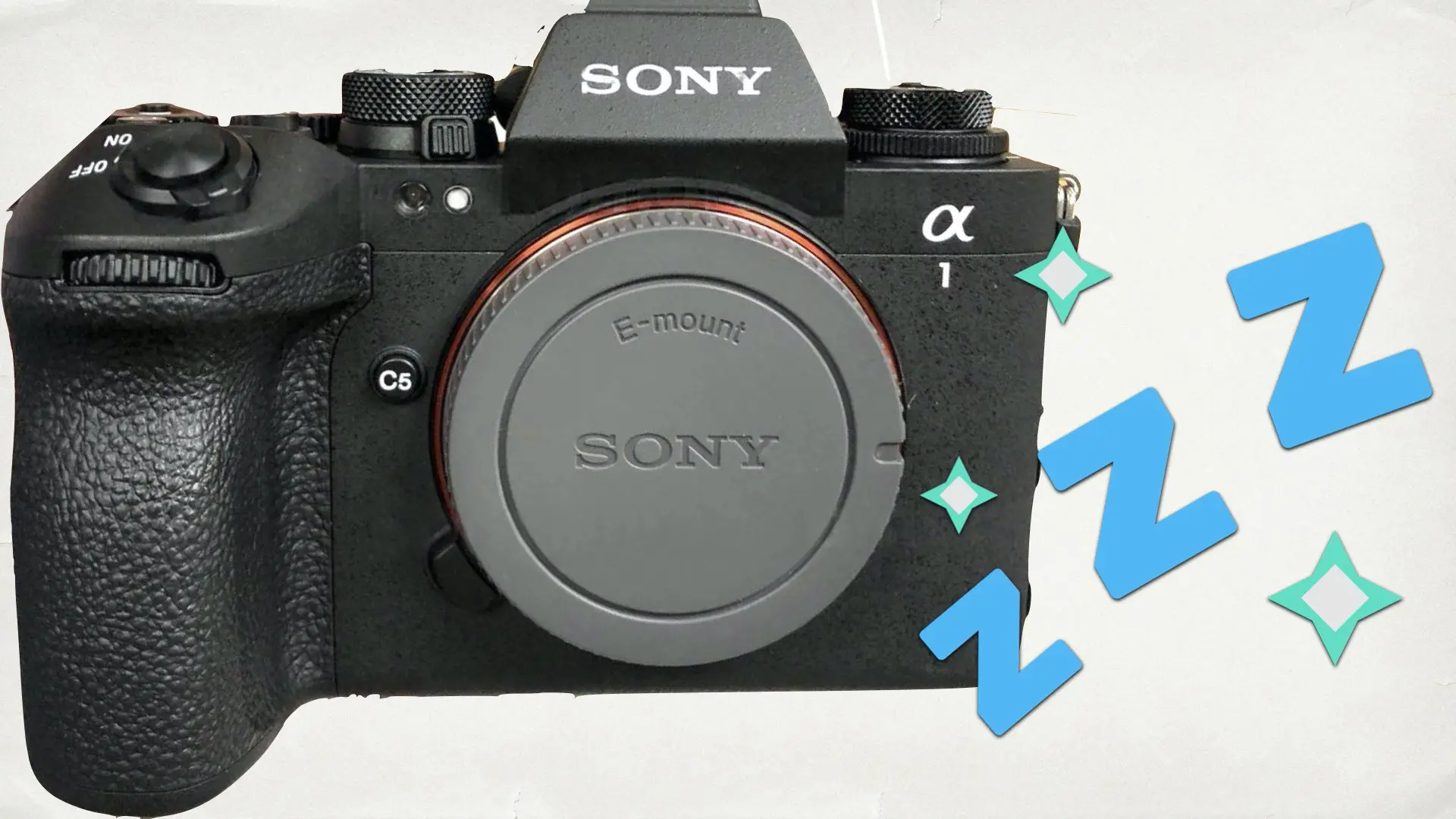
Economic Implications
Sony’s strategy also has financial implications. The introduction of the Alpha 1 II coincided with a $1,000 price reduction for the original Alpha 1 (Sony Alpha 1 Gets a $1,000 Price Slash). This move makes the Alpha 1 more accessible while positioning the Alpha 1 II as the ultimate refinement.
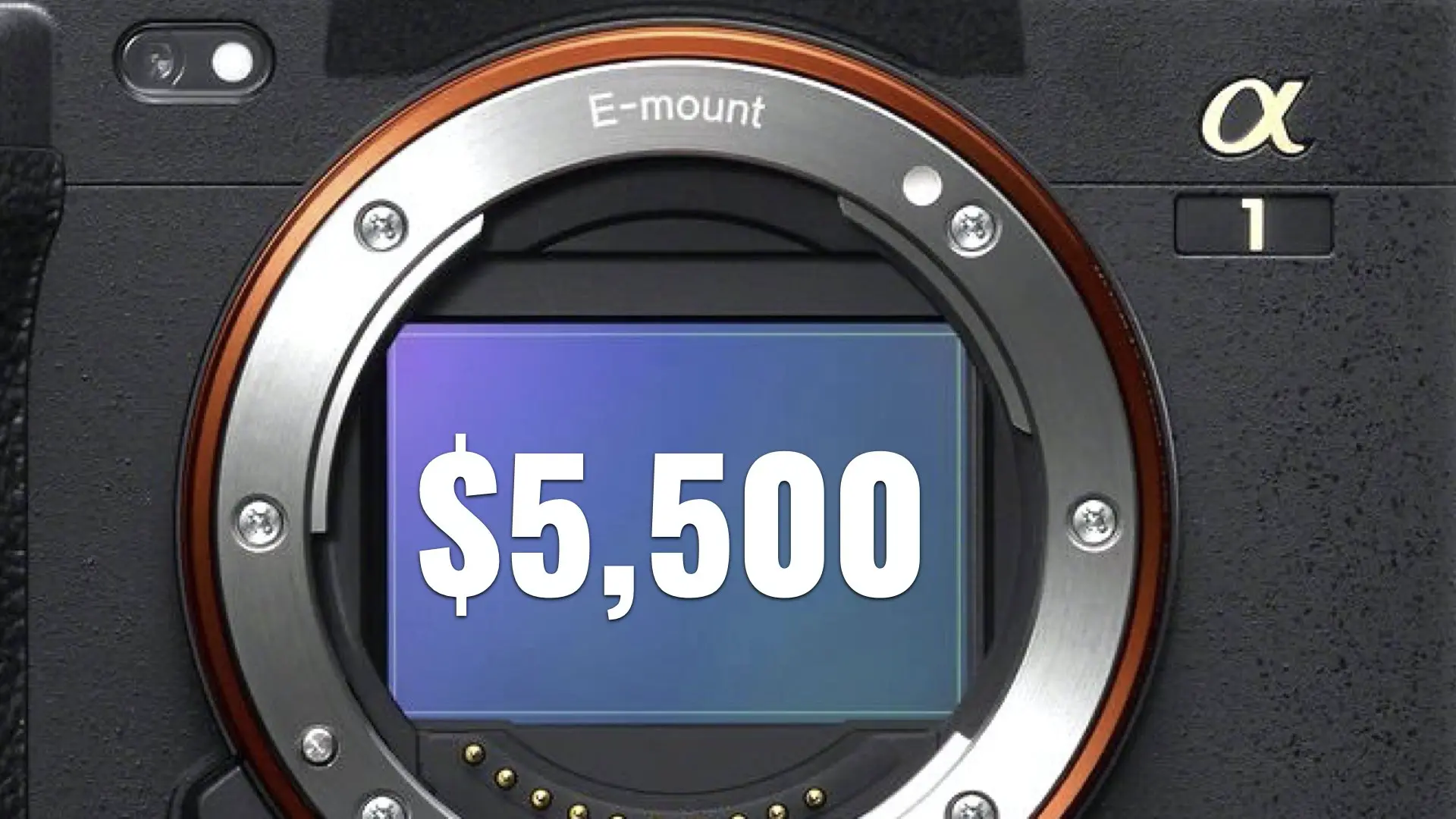
The Verdict
Sony’s reuse of the Alpha 1 sensor in the Alpha 1 II highlights a shift in the camera industry. The focus is no longer solely on hardware innovation but also on maximizing existing technology with advanced processing and AI. While some see this as a lack of vision, others view it as a practical approach to delivering professional-grade performance without unnecessary complexity. For further insights on the Alpha 1 II and its impact, check out “Sony A1 II: A Flagship Without Direction for Videographers” (Read here). What are your thoughts? Should flagship cameras always introduce entirely new hardware, or is refinement the way forward?

